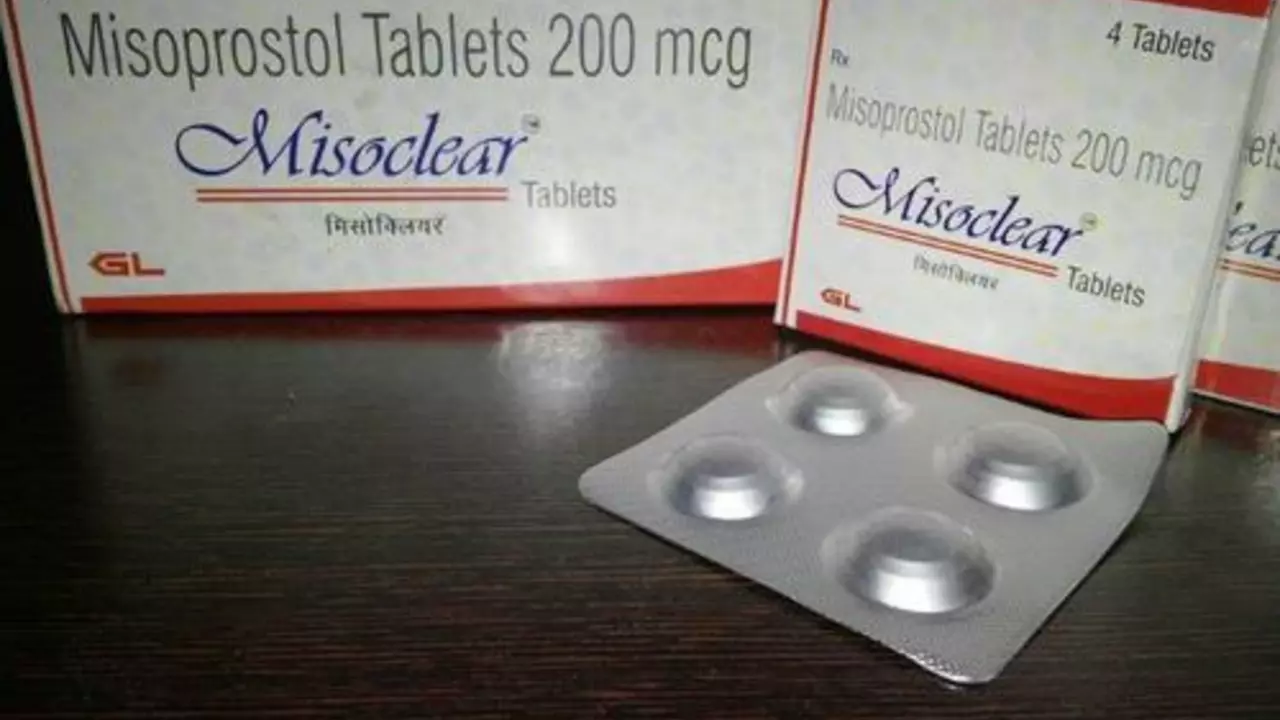Potential side effects: how to spot, manage, and report them
Side effects happen. Some are mild and go away on their own, others need quick action. Knowing what to watch for, how to reduce harm, and when to call a pro saves time and worry. This guide gives clear steps you can use right now.
Common side effects and simple fixes
Start by reading the leaflet or the pharmacy label. Common problems include nausea, dizziness, drowsiness, headache, stomach upset, mild rash, dry mouth, and changes in sleep or mood. Often small tweaks help: take the pill with food to cut nausea, avoid driving if you feel drowsy, or sip water and chew gum for dry mouth.
Some medicines cause specific issues: diuretics like Lasix can change electrolytes and make you dizzy—monitor your weight and check sodium/potassium with your provider. Protonix (a PPI) may raise the risk of low magnesium or B12 with long use—ask your doctor about testing if you’ve been on it months. Statins can interact with grapefruit; if you love grapefruit, ask your prescriber about pravastatin or rosuvastatin instead.
Antibiotics sometimes upset the gut. Simple steps—eat small meals, stay hydrated, and add probiotics once the antibiotic course is done—often help. For dogs on metronidazole, feed small bland meals and offer plenty of water; call your vet if vomiting or weakness appears.
When to act fast and how to report problems
Call emergency services or go to urgent care if you have trouble breathing, swelling of face or throat, chest pain, severe fainting, high fever, or seizures. For less dramatic but worrying signs—quick heartbeat, sudden confusion, severe rash, persistent vomiting or diarrhea—contact your doctor or local pharmacist the same day.
Don’t stop certain meds suddenly. Stopping beta-blockers like metoprolol without guidance can spike blood pressure or cause other problems. If you think a drug is the issue, talk to your prescriber about a safe plan to change or taper it.
Keep a short symptom log: date, time, what you took, and what happened. That makes it easier for your provider to see patterns. Also list other drugs, supplements, and foods you had—interactions often appear when multiple items mix.
If you want to report an adverse reaction, your local health authority or national system accepts reports (for example, MedWatch in the U.S.). You can also call or visit your pharmacy—at Shiner Family Pharmacy we’ll help you sort symptoms, check interactions, and contact your prescriber if needed.
Final practical tip: when starting any new medicine or supplement, plan a quick check-in with yourself after 48–72 hours. If something feels off, don’t shrug it off—ask. Early steps are simple and often prevent bigger problems.

